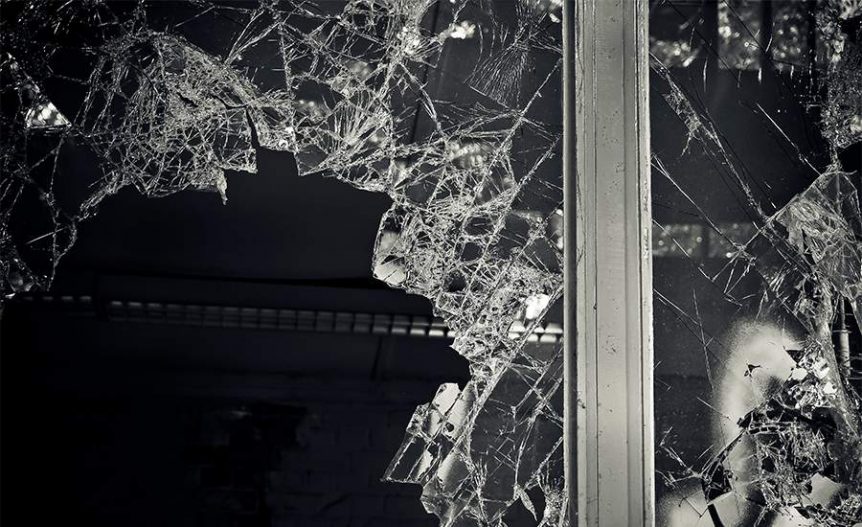PAUL, Minn.–(BUSINESS WIRE)–Dec. 4, 2001–A free CD that demonstrates how Scotchshield™ ultra safety and security window films from 3M™ can help lessen the danger to humans when glass is shattered now is available. These protective films, professionally applied directly onto glass windows throughout the world in buildings from skyscrapers to private homes, can mitigate damage from industrial explosions, earthquakes, hurricanes, and smash-and-grab crimes. Practically invisible, Scotchshield™ ultra safety and security window films hold glass in place upon impact.
The new demonstration CD covers the results of rigorous testing in independent laboratories and demonstrates how Scotchshield™ security films can help retain shattered window glass and mitigate potential damage to humans. In the past decade, studies have shown that a high number of disaster-related injuries and deaths are the result of glass injuries. For example, in the 1996 bombing that killed 19 U.S. airmen in Saudi Arabia, 12 of the deaths were the result of glass injuries and 90 percent of all injuries involved lacerations from shattered glass.
As a result of Scotchshield™ window films proven performance, the United States Department of State in 1999 named 3M an approved supplier of window film for embassy security upgrades throughout the world. Scotchshield security film also protects the windows at important government buildings, as well as numerous airport terminals throughout the world, including Reagan National Airport in Washington, D.C.
“Recently, the demand for our security film products and requests for information have risen significantly,” said James E. Mannix, marketing manager, 3M™ Consumer Safety and Light Management Department. “This CD should help answer many of the questions we have received and get the word out that there are steps people can take to make a glass environment safer. Professionally installed Scotchshield™ security window films have long been used as precautions against natural disasters and crime, and now they are becoming an even more significant defense technology.”


